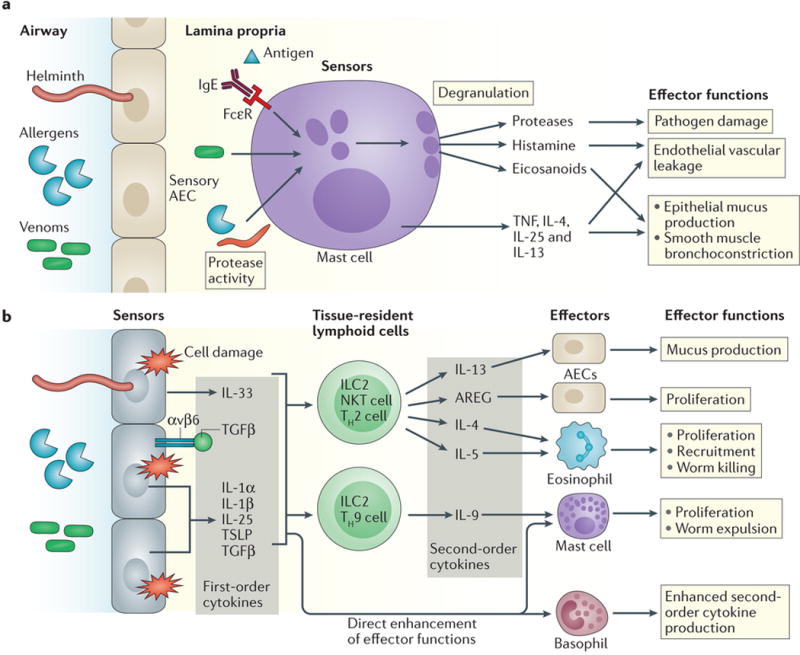Figure 4. Single and two-tiered responses in type 2 immunity. a.

Mast cells can be activated directly in response to certain protease activities, venom proteins homologous to mammalian mast cell-activating proteins, or through antigen-specific IgE-mediated signaling through FcεR, whereupon they can form a single-tiered immune response to helminths and allergens. Activation leads to degranulation and release of proteases, histamine, and eicosanoids (including prostaglandins), as well as the production of certain effector cytokines. These compounds can directly initiate effector mechanisms that can promote worm expulsion but which are also associated with anaphylaxis in severe instances of allergy. b | Cell damage and protease activity from helminth infection or exposure to allergens and venoms leads to the secretion and release of the first order cytokines interleukin-25 (IL-25), TSLP, IL-33, IL-1β, and TGFβ (presented by αvβ6) from sensory airway epithelial cells (AECs). These cytokines in turn act on tissue-resident lymphoid cells including innate lymphoid cells (ILC2s), natural killer T cells, T helper 2 (Th2) cells and Th9 cells to drive secretion of appropriate second order cytokines, which act on mast cells, AECs, basophils, and eosinophils to initiate effector mechanisms aimed at worm expulsion and tissue repair. First order cytokines can also enhance basophil and mast cell recruitment and activation in order to appropriately calibrate the immune response.
